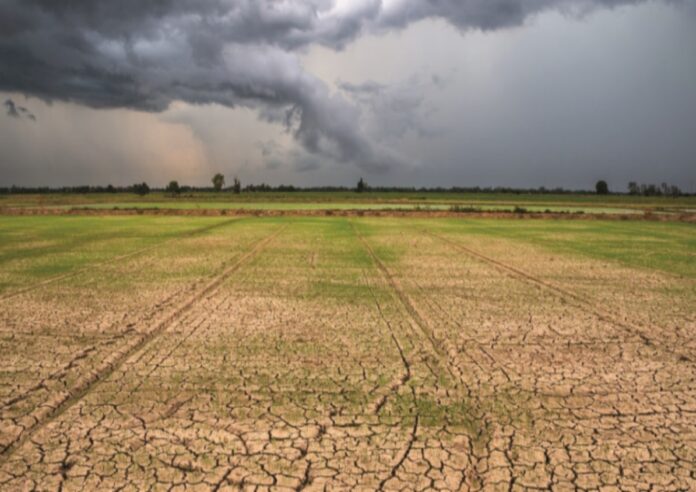A new briefing from the European Environment Agency (EEA), utilising two database data sources – CATDAT (RiskLayer GmbH) and NatCatSERVICE (Munich Re GmbH) – categorises losses from weather and climate related extreme events into three groups: meteorological events (e.g., storms), hydrological events (e.g., floods) and climatological events (e.g., heatwaves, cold waves, droughts), across the 32 EEA member countries. This information will enable the EEA to publish assessments of particular hazards affecting different regions of Europe.
Over the 41-year period of 1980-2020, weather and climate related events generated losses of between €450 billion and €520 billion, with 34 percent to 44 percent of total losses being caused by meteorological and hydrological events. Only one quarter to one third of these economic losses were insured. Furthermore, there is a wide disparity between different types of events.
According to the G20 Risk Atlas, annual damages from river flooding alone, across the EU and G20 countries in Europe, such as France, Germany, Italy and Turkey, are expected to be in the region of €21 billion by mid-century and €30-40 billion by the end of the century under a relatively moderate temperature increase scenario. Adjusted to a high emissions increase scenario, losses from river flooding could escalate to over €70 billion by the end of the century.
The PESETA IV project, operated by the Joint Research Centre of the European Commission, indicates that climate measures aligning to a scenario of a 1.5°C temperature increase, rather than 3°C, could halve damage from river flooding to around €24 billion per year, while economic losses caused by coastal flooding could be reduced by more than €100 billion per year by 2100.









